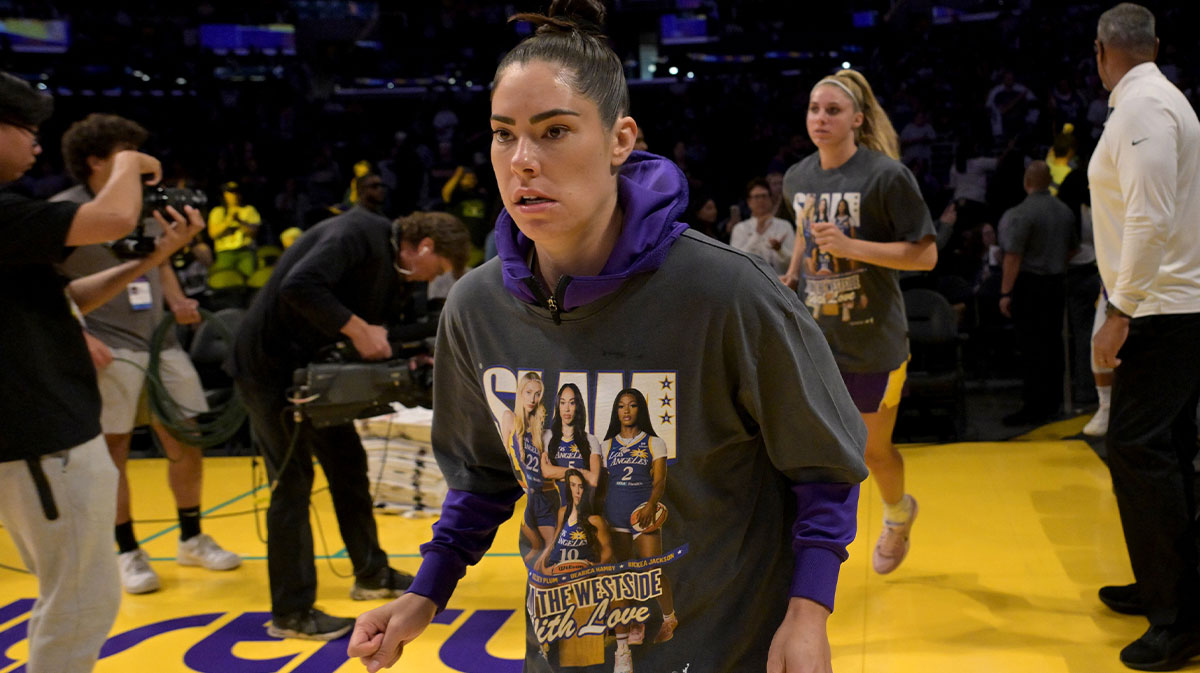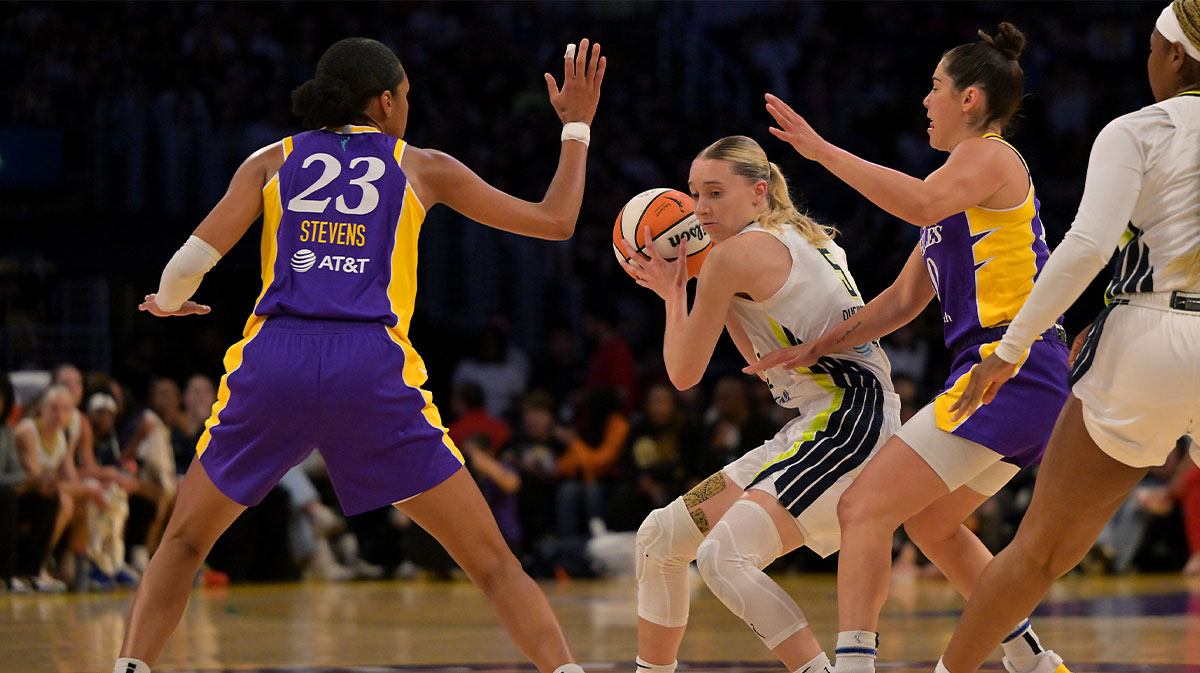When Cameron Brink checked into the game for the Los Angeles Sparks back on July 29 with just over two minutes to go in the first quarter, it marked the first time in over a year that she was back on a WNBA court. After a devastating injury that ended her rookie season prematurely, Brink had worked tirelessly for this moment.
With the Sparks’ home crowd cheering her on, Brink calmly knocked down a three-point shot about a minute into her season debut for her first points of the year. That shot was a sign of things to come as one of Brink’s main offensive weapons this year were catch-and-shoot three-point attempts.
That addition to her game was actually in progress last season as a rookie, and even during her final year at Stanford in 2023-24. As a rookie, Brink ended up taking more three-point attempts (2.1) than she did this season (1.8). During her senior year at Stanford, she took 2.0 attempts from the three-point line.
While she was already working towards adding the three-point shot to her arsenal, during her injury rehab, stationary shooting was one of the only things Brink was able to do. So naturally, she focused on becoming more of a consistent threat from deep.
“We have a great staff and I work with some really great people on the side. Our coaches do a really great job of getting reps up with us,” Brink told ClutchPoints in an exclusive interview. “I had a lot of time, like Coach [Roberts] said to just spot-shoot in practice, so I think that was really helpful for my shot.”
Cameron Brink’s development for the Sparks
Brink’s three-point shot is still a work in progress as she shot 32.2 percent from deep last season and only 29.4 percent from three-point range this season. But each game she looked more comfortable moving off ball and spotting up from behind the arc. A consistent three-point shot is what will help make Brink a more valuable player moving forward.
But in today’s day and age when ‘positionless’ basketball is becoming popular, and traditional centers and bigs are starting to become more versatile, Cameron Brink is evolving along with it. She’s already become one of the more gifted passers on the Sparks’ roster. And it’s not just stationary passing, it’s passing on the move and knowing when and how to make certain reads within a split second.
Brink’s assist numbers don’t necessarily stand out (1.0 for her career), but there were a few times this season when she made the right pass that would eventually lead to a shot, a hockey assist if you will. It’s a skill that the Sparks can definitely hone in on as she continues to develop as a player.
“I give credit to playing at Stanford. The coaches at Stanford were big on small movement,” Brink said. “I was doubled and tripled a lot in college and that just taught me how to just react quickly and see the open man. I’m thankful for that.”
But even as the game evolves, and Cameron Brink’s game along with it, scoring in the paint is still an important skill. And just being able to finish at the basket, but to have a legit post game and be able to get and hold position in the paint.
That too is still a work in progress for Brink as she continues to adapt to the physicality of the WNBA while improving her strength. But the foundation is there. Brink was more physically imposing against smaller defenders in college. In the WNBA, she has to navigate bigger players. There were times when she would be pushed off her spot in the post and she would ultimately settle for step-back jumpers in the key.
But there were also times when she would be able to hold that position and hit defenders with a little jump-hook. Crafting a versatile game for a center is something that Brink has always strived to do since she was a young player.
“I think I was lucky to grow up with coaches that told me to focus on ball-handling and not just being one dimensional,” Brink said. “I think the game is starting to strain away a little bit from the back t0 the basket stuff and I think you need to have a little of everything in your bag.”
When players are injured and on the sidelines during games, there is a tendency to notice certain aspects of the game that maybe aren’t quite apparent when playing. It’s almost like seeing the game through more of a coaching lens and picking up on things that weren’t always noticeable.
For Brink, her time off the court and on the bench had more to do with interacting with her teammates. Being the best high-fiver and cheerleader you can be goes a long way towards building team chemistry. While she was recovering from the injury, Brink made sure she focused on still being present for her Sparks teammates.
And with her return to the court, she knows it will take some time to get back to where she wants to be. It’s not going to happen overnight and it will carry into the 2026 season. But Brink is just grateful to have been able to make a full recovery.
“I think just being a good teammate, doing all the little things,” Brink said. “As far as basketball goes, I’m still getting all my senses back and getting my feet under me. It feels great. I was such a long time away from the sport and my teammates, so it just feels really good. It feels natural being back. I’m really grateful and not taking for granted. But also I’m still adjusting. It’s been hard to get back into the swing of things, but I take it day by day.”

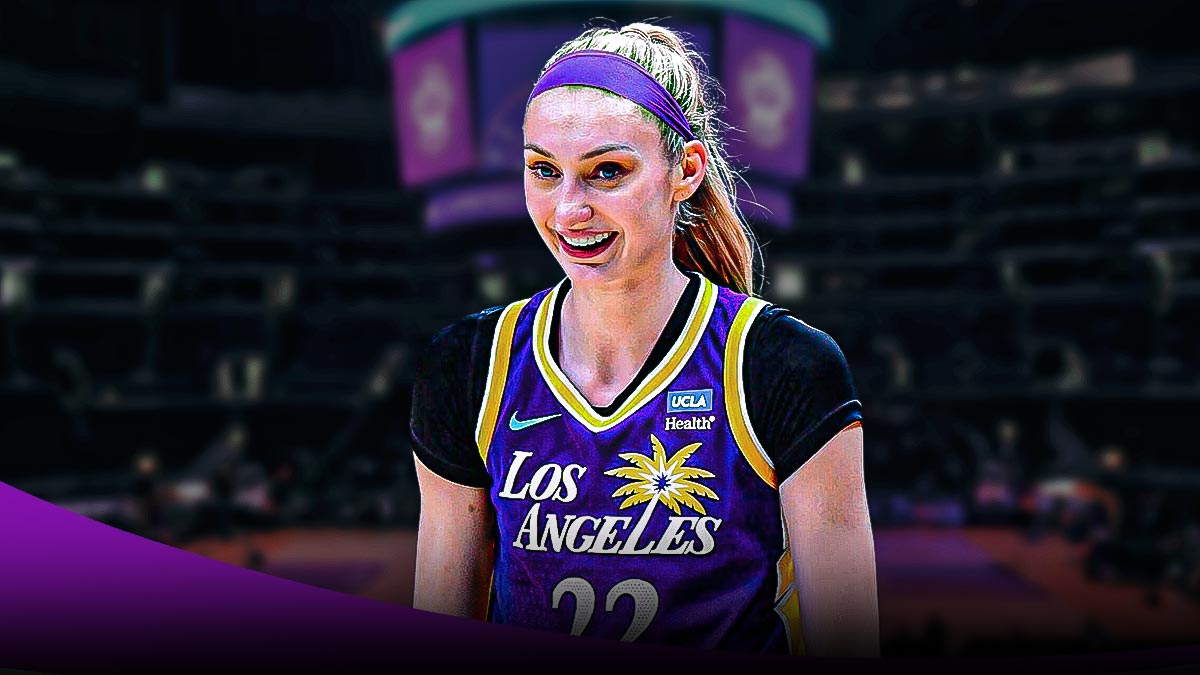



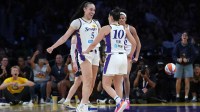


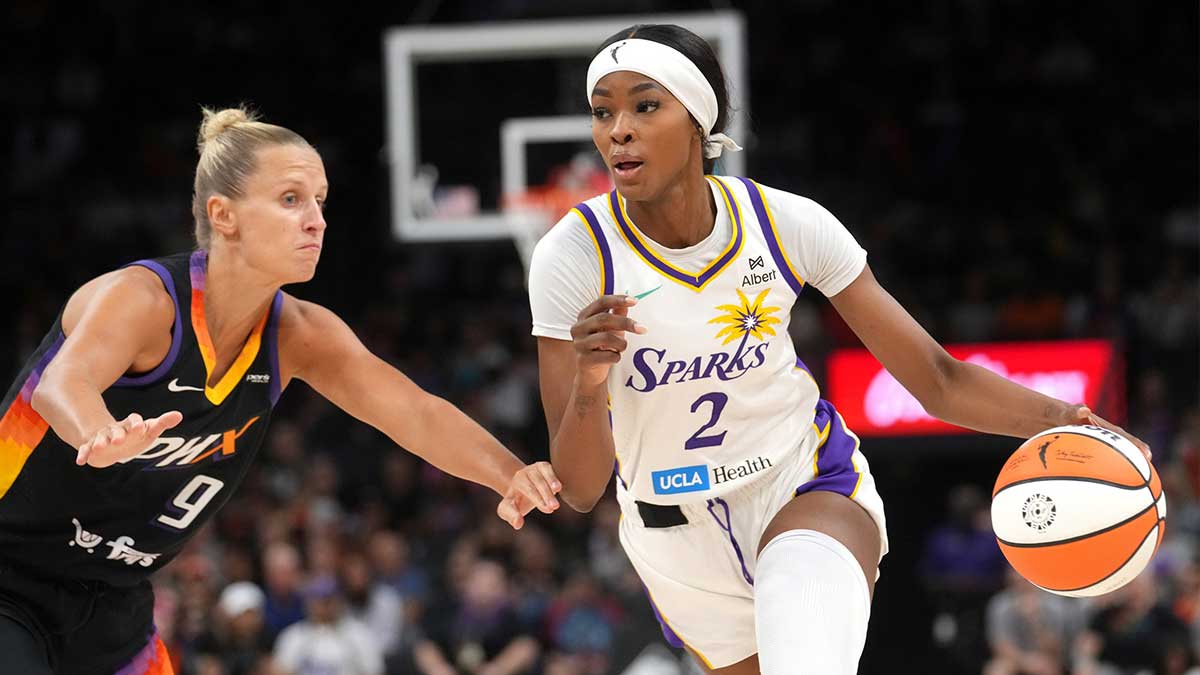
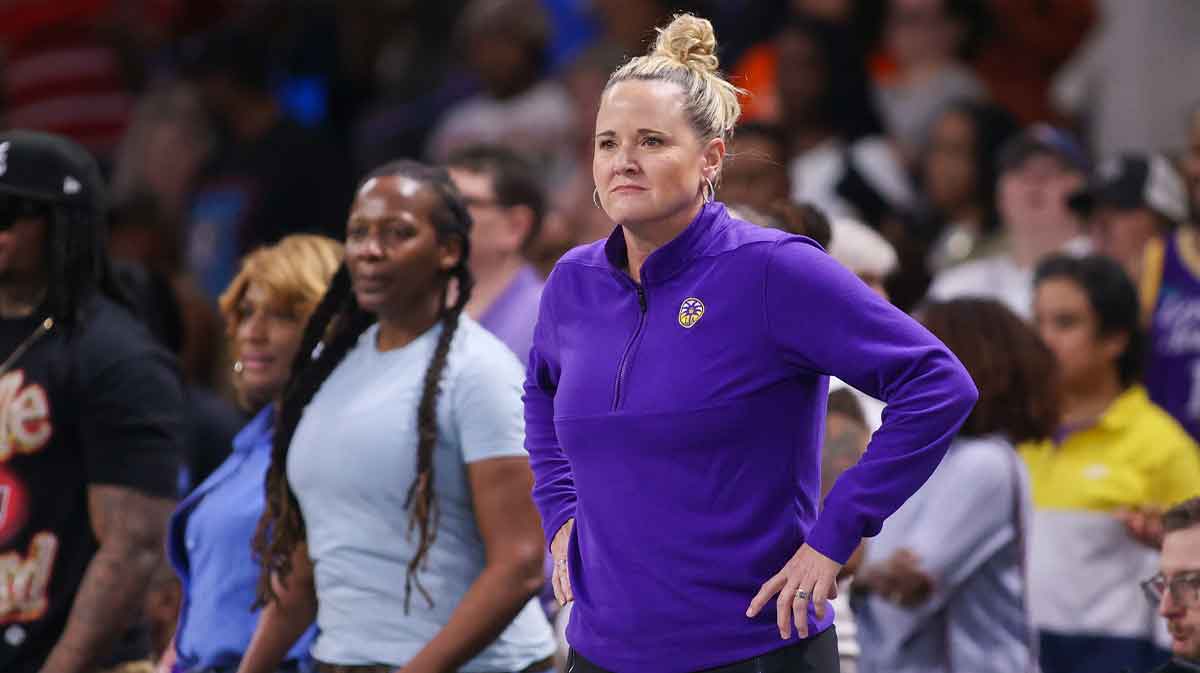

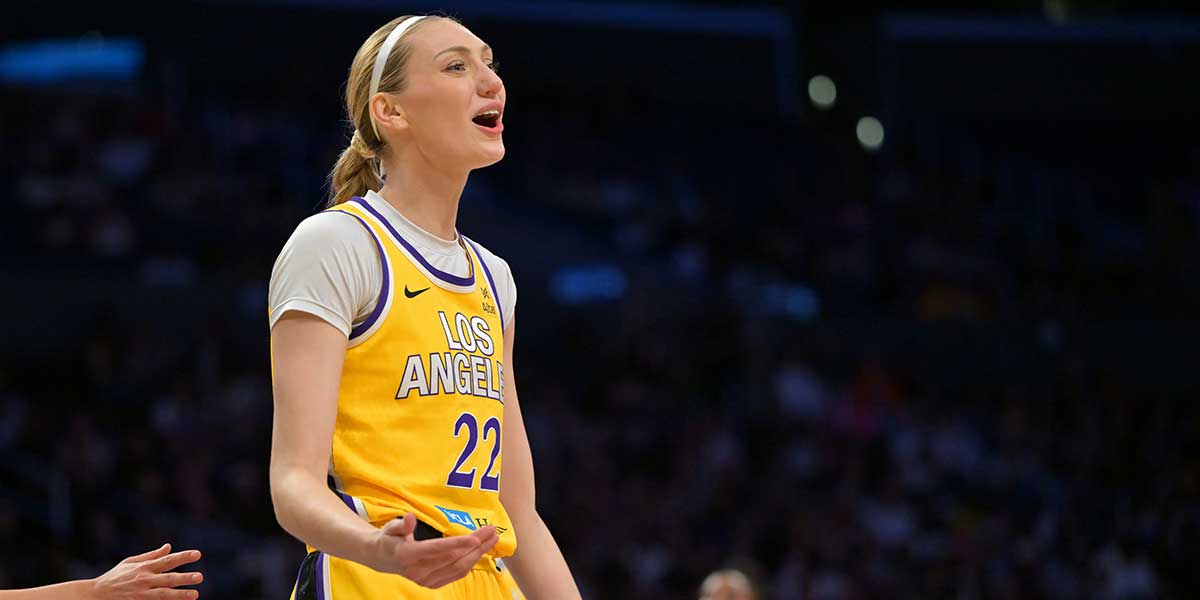
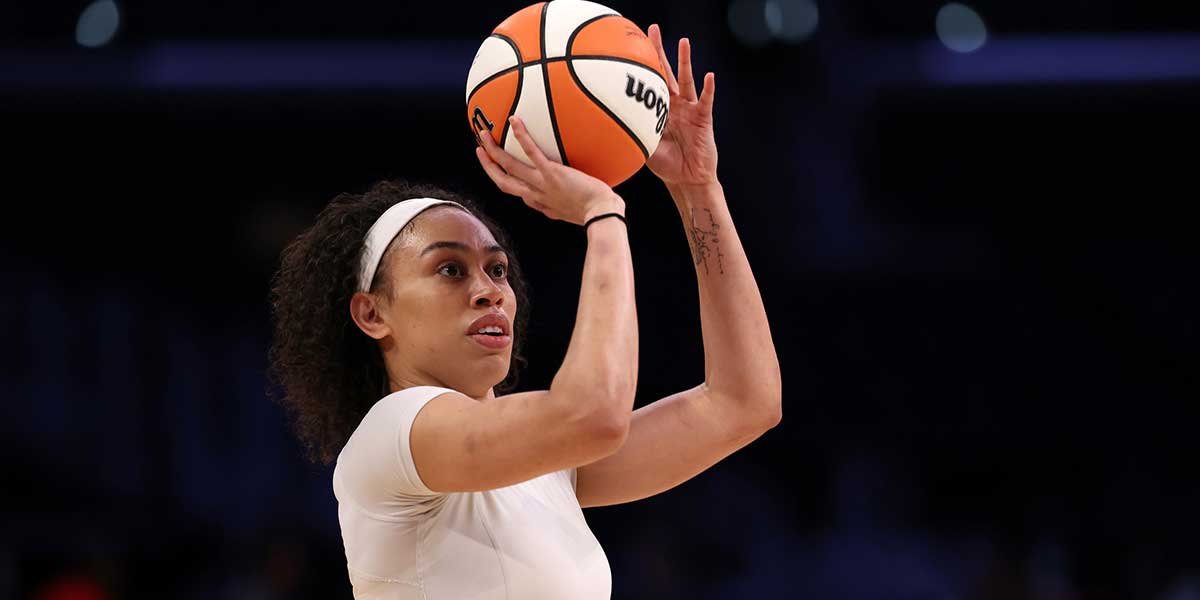

![Sania Feagin reflects on Sparks rookie season [Exclusive]](https://wp.clutchpoints.com/wp-content/uploads/2025/09/IMG_1828.jpeg)
